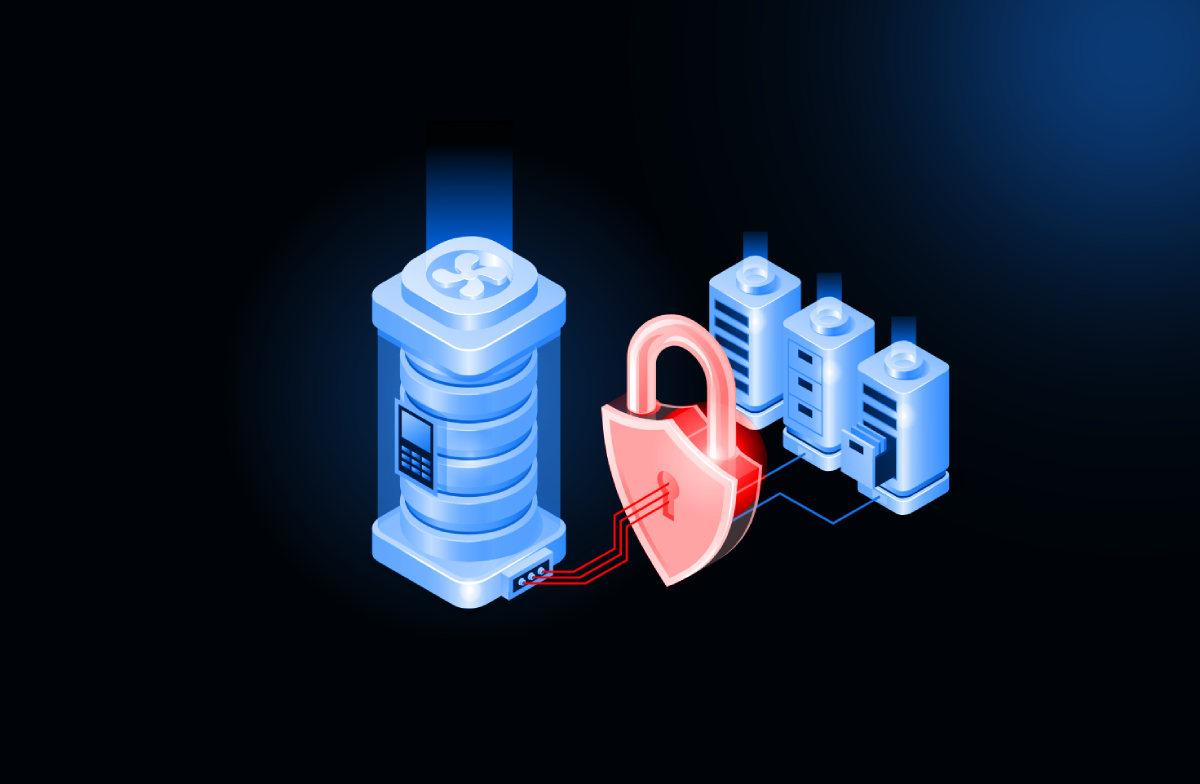
Enhancing Cybersecurity with EDR and MDR: A Comprehensive Approach
In today’s increasingly complex cybersecurity landscape, businesses face an ever-increasing array of cyber threats. Traditional security measures, such as firewalls and anti-virus software, are often inadequate to protect against the sophisticated and evolving tactics employed by cybercriminals. To effectively combat these threats, organizations need to adopt advanced security solutions that provide comprehensive protection across their entire IT infrastructure. Endpoint Detection and Response (EDR) and Managed Detection and Response (MDR) are two such solutions that have emerged as critical tools for robust cybersecurity.
EDR: Focused Endpoint Protection
Endpoint Detection and Response (EDR) systems are specifically designed to monitor and respond to threats at the endpoint level, which refers to individual devices such as computers, laptops, and mobile devices. EDR solutions collect and analyze data from these endpoints, providing valuable insights into endpoint behavior and potential threats. This data is then used to identify, investigate, and remediate security incidents before they can cause significant damage.
The benefits of EDR for businesses include:
Improved Visibility
EDR provides granular visibility into endpoint activities, enabling security teams to identify anomalous behavior and potential threats early on.
Reduced False Positives
EDR employs advanced analytics to differentiate between genuine threats and false positives, minimizing alert fatigue and streamlining incident response processes.
Enhanced Compliance
EDR helps organizations meet compliance requirements by maintaining comprehensive records of endpoint activities and security incidents.
MDR: Comprehensive Network Security
Managed Detection and Response (MDR) takes a broader approach to cybersecurity, encompassing the entire network infrastructure, including endpoints, servers, and cloud environments. MDR services combine various cybersecurity tools, including EDR, with expert management from a dedicated Security Operations Center (SOC). This holistic approach provides businesses with several advantages:
Unparalleled Threat Detection
MDR leverages a combination of advanced technologies and human expertise to detect threats across the entire network, including complex and sophisticated attacks that may bypass traditional security measures.
Rapid Response and Containment
MDR teams are constantly monitoring network activity and can quickly identify, investigate, and contain threats, minimizing the impact of security incidents.
Proactive Threat Hunting
MDR goes beyond passive monitoring and actively hunts for threats within the network, proactively identifying and addressing potential threats before they can cause damage.
Choosing Between EDR and MDR
The choice between EDR and MDR depends on the specific needs and resources of an organization:
- EDR is a suitable option for companies that prioritize endpoint security and have the in-house capabilities to manage and respond to threats.
- MDR is better suited for businesses seeking comprehensive coverage across their IT infrastructure, particularly those lacking internal cybersecurity expertise.
Combining EDR and MDR for Enhanced Protection
Many organizations find value in using both EDR and MDR in tandem. This integrated approach provides the most comprehensive protection, leveraging EDR’s endpoint focus and MDR’s wider network security capabilities. By combining these two solutions, organizations can achieve:
Layered Security
A layered security strategy utilizing both EDR and MDR provides multiple layers of defense, making it more difficult for attackers to penetrate the network.
Improved Threat Detection
EDR’s endpoint-level visibility and MDR’s network-wide monitoring work together to detect a broader range of threats.
Streamlined Incident Response
EDR’s ability to identify and investigate threats at the endpoint level complements MDR’s rapid response capabilities, enabling faster and more effective incident resolution.
Conclusion
In today’s digital environment, where cyber threats are constantly evolving, a layered security strategy encompassing both EDR and MDR can offer the most effective defense against diverse cyber threats. The decision between EDR and MDR should be based on an organization’s specific security requirements, resources, and existing infrastructure. By carefully evaluating their needs and selecting the appropriate solution or combination of solutions, organizations can significantly enhance their cybersecurity posture and protect their valuable


